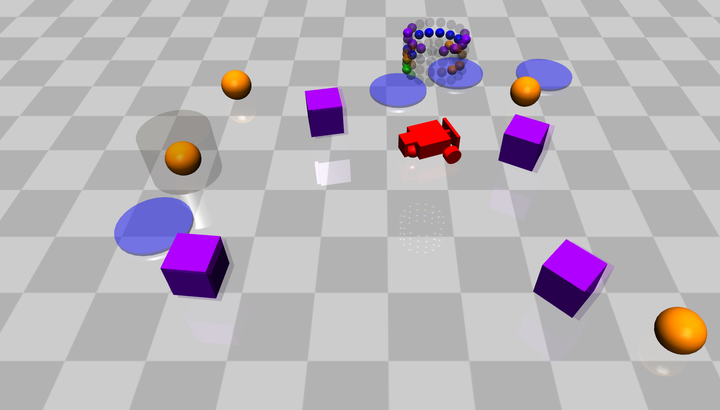
Abstract
Safety and performance are often two competing objectives in sequential decision-making problems. Existing performant controllers, such as controllers derived from reinforcement learning algorithms, often fall short of safety guarantees. On the contrary, controllers that guarantee safety, such as those derived from classical control theory, require restrictive assumptions and are often conservative in performance. Our goal is to blend a performant and a safe controller to generate a single controller that is safer than the performant and accumulates higher rewards than the safe controller. To this end, we propose a blending algorithm using the framework of contextual multi-armed multi-objective bandits. At each stage, the algorithm observes the environment’s current context alongside an immediate reward and cost, which is the underlying safety measure. The algorithm then decides which controller to employ based on its observations. We demonstrate that the algorithm achieves sublinear Pareto regret, a performance measure that models coherence with an expert that always avoids picking the controller with both inferior safety and performance. We derive an upper bound on the loss in individual objectives, which imposes no additional computational complexity. We empirically demonstrate the algorithm’s success in blending a safe and a performant controller in a safety-focused testbed, the Safety Gym environment. A statistical analysis of the blended controller’s total reward and cost reflects two key takeaways: The blended controller shows a strict improvement in performance compared to the safe controller, and it is safer than the performant controller.